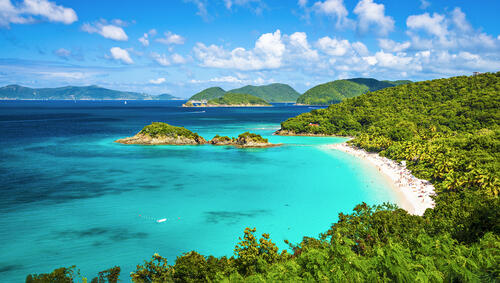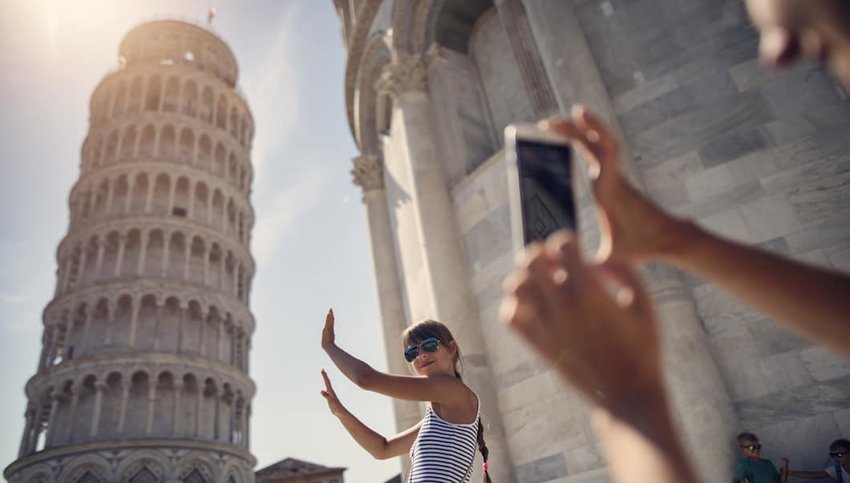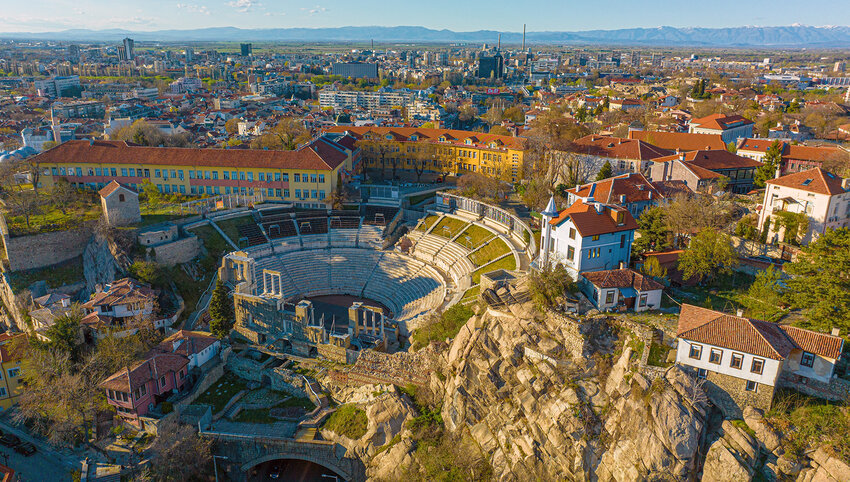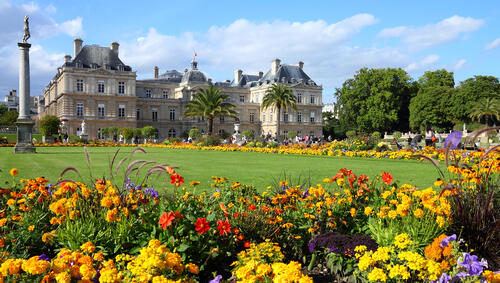Areas administered by the U.S. federal government that aren’t states are defined as territories — remnants of America’s complicated colonial history. Thirty-one of the current fifty states began as parts of organized, incorporated U.S. territories, and the U.S. continues to hold territories — from Puerto Rico in the Caribbean to tiny Kingman Reef, a mostly submerged atoll in the Northern Pacific. The majority are uninhabited except for scientific or military purposes, but the five major inhabited U.S. territories all have vibrant cultures, abundant natural beauty ... and can all be visited without a passport. Here are some of the most stunning sites to take in when visiting each territory.
Forbidden Island, Northern Marianas Islands
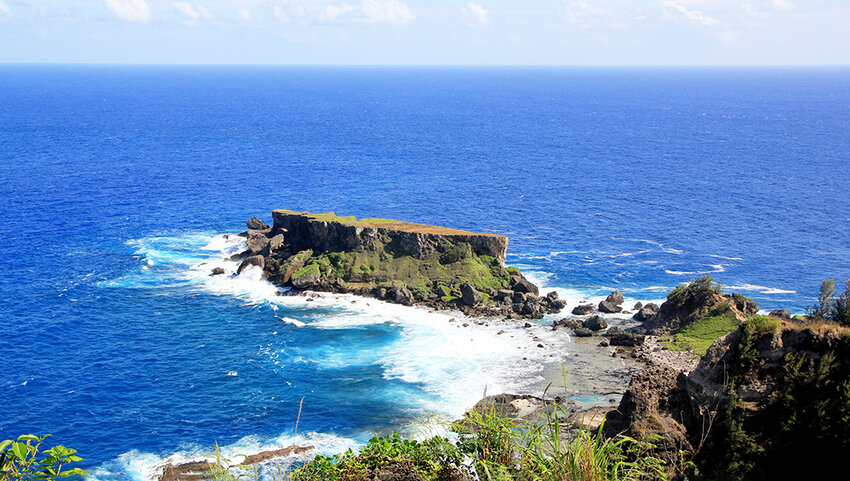
The Northern Marianas territory is comprised of 14 islands, inhabited for more than 4,000 years by adventurous mariners from Southeast Asia, who arrived in outrigger canoes. Forbidden Island is a tiny, rocky outcropping, separated from the larger island of Saipan at high tide, but intrepid visitors can hike there during low tide. Considered sacred to the indigenous Chamorro people, Forbidden Island offers outstanding snorkeling and diving among lush corals that are teeming with colorful marine life. There are also several ancient latte stones, which were used by the Chamorro as supports for houses and religious structures. After visiting Forbidden Island, stop at The Grotto on Saipan. A natural underwater cavern connected to the Pacific, it’s a stunning snorkeling spot and the most popular attraction on the island.
Two Lovers Point, Guam
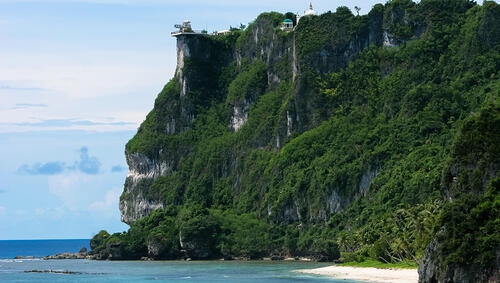
Only a short (30-minute) flight south of Saipan is Guam, the largest and most heavily populated island in the Marianas archipelago. Like other islands in the chain, it’s surrounded by spectacularly clear sapphire waters and is a popular spot for scuba divers. Spain colonized the island in the sixteenth century, and traces of their distinct architecture can be found in the capital of Hagåtña. A popular folktale recounts the tale of a lovely daughter of the Spanish aristocracy who fell in love with a Chamorro boy of humble origins. Cornered by her vengeful father, the two lovers tied their hair together and leapt 400 feet into the sea at Puntan Dos Amantes. Today the iconic spot is marked by a statue of the lovers. A viewing platform provides excellent vistas of the island, and is a favored place for proposals.
El Yunque National Forest, Puerto Rico

Twenty miles south of Puerto Rico's capital city San Juan lies El Yunque, the nation’s only tropical rainforest. Stunningly rich in biodiversity, the lush and rugged region can receive up to 200 inches of rain per year and is home to the endangered Puerto Rican parrot, coquí tree frogs, and thousands of species of plants. Twenty-four miles of walkways allow visitors to bathe in pools beneath waterfalls, visit a high-altitude dwarf forest, or dive from a rope swing into a refreshing lagoon. Yunque is a sacred place to the indigenous Taíno people, who believed that their supreme god Yocahu lived in the misty mountaintops.
Ofu Beach, American Samoa
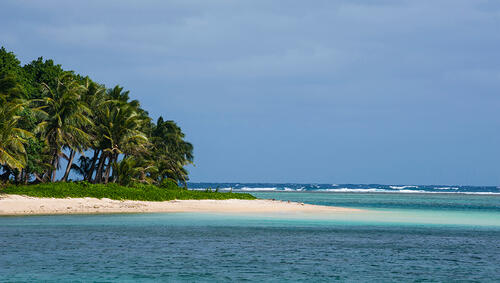
Miles of pink sands and protected waters make Ofu Beach the very picture of a desert island paradise. Located on the remote and rugged island of Ofu, the intrepid few who arrive here will find a castaway’s dream of fish-flecked coral reefs and palm trees swaying in the warm breeze. Along with the islands Tutuila, Olosega, and Ta'ū, Ofu makes up the National Park of American Samoa — the only national park located south of the equator. The island is accessible by once-a-week flights or via small fishing boats from Ta'ū, and lodging and services are almost nonexistent. For an authentic cultural experience, book a homestay with a hospitable Samoan family, and immerse yourself in a wild and (almost) untouched Eden, hiking in verdant rainforest and observing the 950 species of fish and 250 types of coral that populate the brilliant blue waters that surround the island.
Trunk Bay, U.S. Virgin Islands
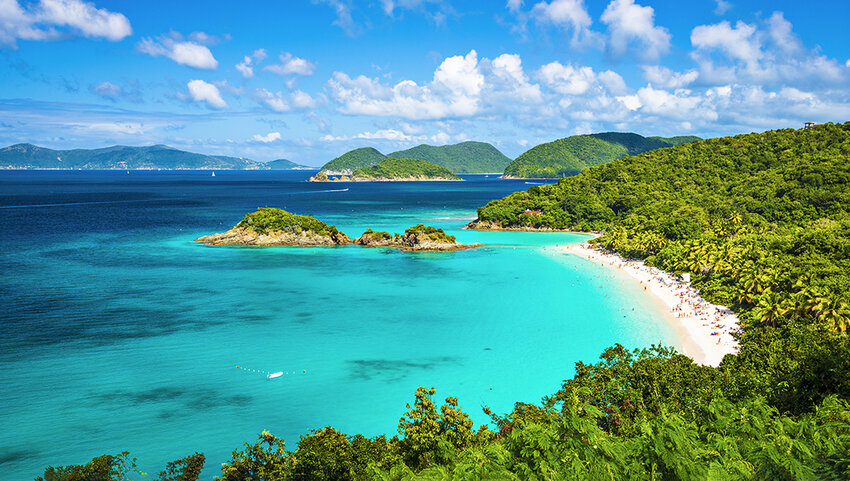
Locals refer to the leatherback turtles endemic to these waters “trunks,” and Trunk Bay has no shortage of them. The largest living turtles in the sea, leatherbacks can grow up to 2,000 pounds and reach lengths of up to seven feet. Consistently voted one of the most beautiful beaches on the planet, Trunk Bay is located on St. John. The smallest of the U.S. Virgin Islands, St. John is accessible by boat of ferry from nearby St. Thomas. Two-thirds of the island is protected as the Virgin Islands National Park, including Trunk Bay. One of the best snorkeling spots in the Caribbean lies just off the powdery sands. Follow the 650-foot snorkel trail and read the plaques that give information about the colorful fish and coral that thrive in the protected waters.

